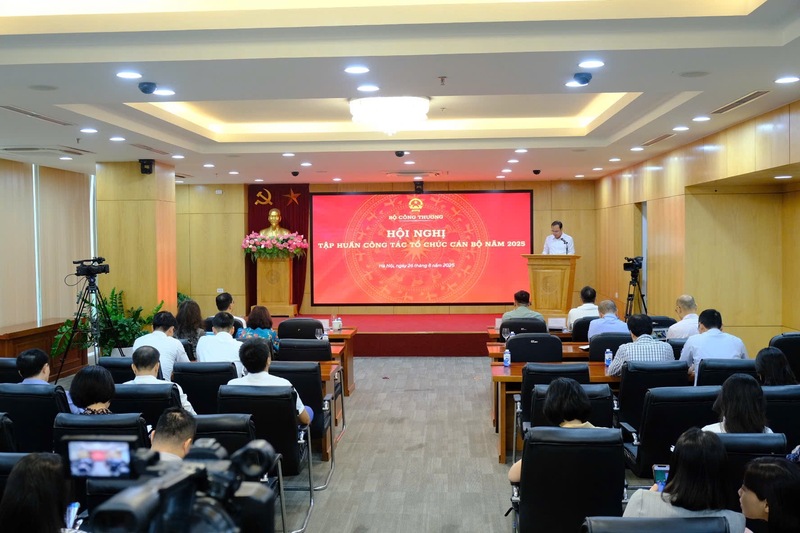
Training MOIT officials tied to anti-corruption requirements
19:05 | 23/03/2025 17:34 | 05/09/2025News and Events
Strategic push for energy security
On the afternoon of September 8, 2025, Minister of Industry and Trade Nguyen Hong Dien, a Central Party Committee member and Party Secretary of the ministry, convened a pivotal meeting at the ministry’s headquarters in Hanoi to drive the implementation of the two-part electricity tariff system.
This initiative is seen as a cornerstone for Vietnam’s energy sector reforms, aimed at ensuring long-term energy security and fostering a competitive electricity market. The meeting brought together key stakeholders, including leaders from various ministry departments, independent consultants, representatives from the Vietnam Electricity Group (EVN), and executives from regional power corporations, all focused on addressing the complexities of the new pricing mechanism.
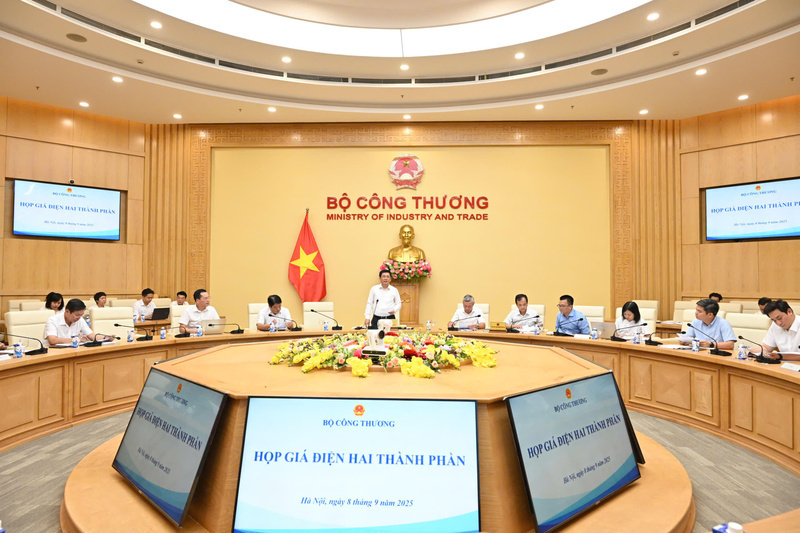
The Ministry of Industry and Trade meets on two-part electricity pricing.
Minister Dien opened the session by referencing Resolution No.70-NQ/TW, issued on August 28, 2025, by Party General Secretary To Lam on behalf of the Politburo. This resolution outlines a comprehensive strategy to secure national energy security by 2030, with a vision extending to 2045.
It assigns critical tasks to the Government, the Ministry of Industry and Trade (MoIT), and other relevant agencies, emphasizing the need for transformative reforms in electricity pricing to support sustainable energy development. The resolution underscores the urgency of modernizing Vietnam’s energy sector to meet growing demand, enhance efficiency, and align with global standards. The Government has mandated the MoIT to draft a detailed resolution to operationalize these directives, with a submission deadline of October 20, 2025.
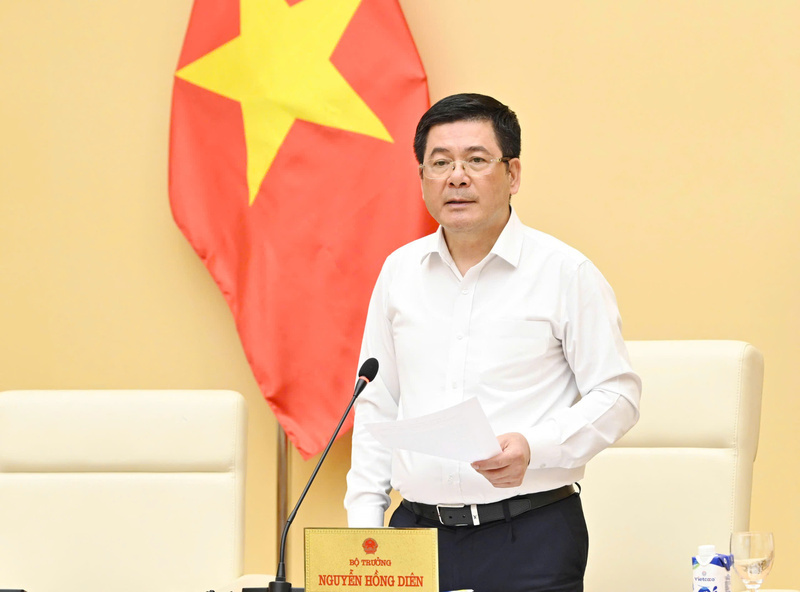
Minister Nguyen Hong Dien speaks at the meeting.
In response to Resolution No.70’s announcement on September 2, Minister Dien acted swiftly, directing Deputy Minister Nguyen Hoang Long and relevant ministry units to organize a conference on September 3 to disseminate the resolution’s objectives. This conference, attended by representatives from major energy corporations, including EVN, focused on accelerating the adoption of the two-part electricity tariff as mandated by article 50 of the amended electricity law (2024) and Government Decree No.146/2025/NĐ-CP.
The oil, gas, and coal department, in collaboration with the Electricity Regulatory Authority of Vietnam (ERAV), was tasked with gathering stakeholder feedback within 48 hours and finalizing a draft resolution for government review by October 18. This rapid response reflects the ministry’s commitment to meeting the ambitious timelines set by the Politburo and the Government.
The two-part electricity tariff represents a significant shift from Vietnam’s current pricing model. Unlike the existing single-part tariff, which calculates costs based solely on electricity consumption, the new system incorporates charges for both registered capacity (the maximum power a customer reserves) and actual energy usage.
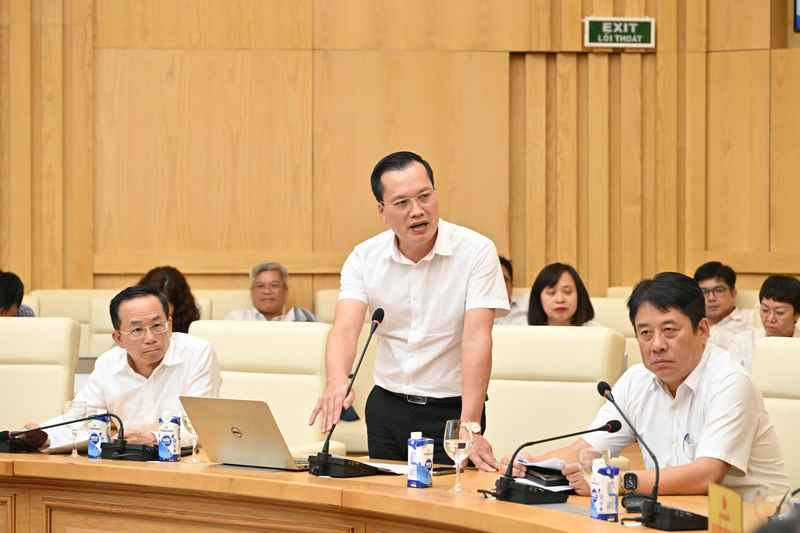
Representative of the consulting unit presents the report.
This dual structure aims to reflect the true cost of electricity supply, including infrastructure maintenance, grid operations, and power generation. The current tiered pricing system, while effective in encouraging conservation, primarily accounts for consumption volume and fails to address the fixed costs associated with maintaining power capacity for diverse customer groups. By introducing a capacity-based charge, the two-part tariff seeks to create a more equitable and transparent pricing framework that aligns with the operational realities of the power sector.
The meeting served as a platform to evaluate the progress of the two-part tariff framework, ensuring alignment with the amended electricity law and Resolution No.70’s overarching goal of fostering a transparent, equitable, and competitive electricity market.
Nguyen Anh Tuan, the EVN’s General Director, delivered a comprehensive presentation on the development of the two-part tariff mechanism. He outlined the research process, proposed implementation conditions, and a phased roadmap for adoption. The EVN recommended initially applying the tariff to large industrial customers with monthly consumption of 200,000kWh or higher, connected at voltage levels of 22kV or above, who are eligible for direct power purchase agreements (DPPA) under Decree No.146/2025/NĐ-CP.

Nguyen Anh Tuan, General Director of EVN delivers a report.
This targeted approach prioritizes high-consumption industrial users, such as manufacturing and heavy industry, to test the mechanism before broader application. Residential customers were excluded from the initial phase due to the significant investment required to upgrade metering infrastructure across millions of households.
The transition to a two-part tariff is designed to ensure fair cost recovery for the power sector, encompassing both fixed costs (e.g., transmission and distribution infrastructure) and variable costs (e.g., electricity generation). This approach promotes transparency by clearly delineating the costs associated with maintaining a reliable power supply, ensuring that customers who reserve significant capacity but underutilize it contribute fairly to grid maintenance. As this pricing model is unprecedented in Vietnam, it necessitates rigorous research, stakeholder consultation, and impact assessments to mitigate potential challenges and ensure a smooth rollout.
Implementation roadmap
During the meeting, representatives from ministry units, independent consultants, and regional power corporations provided detailed input on critical aspects of the two-part tariff framework, including its legal foundation, target customer segments, and strategies for public communication.
A key focus was the need for robust outreach to educate consumers about the new pricing mechanism, enabling them to understand its implications and adjust their electricity usage accordingly. Transparent communication is essential to build trust and ensure that customers, particularly large industrial users, can manage their energy consumption effectively under the new system.
Nguyen Anh Tuan’s presentation highlighted the EVN’s efforts to develop a scientifically grounded and practical framework for the two-part tariff. The proposed mechanism includes a clear methodology for calculating capacity and energy charges, tailored to the technical and operational requirements of different customer groups.
The EVN’s initial focus on large industrial consumers reflects a strategic decision to pilot the tariff with users who have the technical capacity to adapt, such as those already participating in direct power purchase agreements. This phased approach allows the power sector to refine the system before expanding it to other customer segments, such as commercial or smaller industrial users.
Minister Dien, in his concluding remarks, emphasized the consensus among stakeholders on the urgent need to implement the two-part tariff by January 1, 2026, starting with large-scale consumers. He commended the EVN and ministry units for their proactive efforts in developing the framework and preparing the necessary infrastructure. To ensure a successful rollout, the Minister outlined five critical tasks:
1. The Electricity Regulatory Authority, in coordination with the EVN, must refine the two-part tariff proposal scientifically, incorporating global best practices, and submit it to ministry leadership and relevant authorities by October 15, 2025, accompanied by a comprehensive impact assessment.
2. The Authority, alongside the EVN, will review and propose amendments to decision no. 14/2025/QĐ-TTg on retail tariff structures, ensuring compliance with current laws and practical implementation. Simultaneously, circular 16 must be revised to establish pricing guidelines, with EVN leading the development of a transparent cost-calculation methodology.
3. The EVN will advise the government (or the Minister) on selecting eligible customer groups, develop transparent operational software by October 20, 2025, and adhere to the electricity Law, resolution 70, and upcoming decrees. Initially, the tariff will apply to large consumers, with dual billing (current and two-part tariffs) until December 31 to facilitate customer adjustment.
4. The EVN must engage consultants to build transparent management software by October 20, 2025.
5. From September 15, a comprehensive communication plan will be developed, highlighting the electricity law, resolution 70, the draft government resolution, and regional/international tariff comparisons. Initial implementation will target large consumers, with future expansions ensuring fairness through peak and off-peak pricing.“We cannot afford to hesitate. This is the collective will of the energy sector. With a robust political and legal foundation, our task now is to act decisively,” Minister Dien declared. He urged media outlets to partner with the MoIT in disseminating accurate information about the two-part tariff, emphasizing its necessity and benefits to help customers adapt to the new pricing structure.
International experience demonstrates that two-part tariffs are widely adopted across the region and globally, encouraging efficient electricity use, optimizing load factors, and reducing the need for costly grid expansions. By charging for reserved capacity, the tariff ensures that customers who underutilize their allocated power contribute to infrastructure costs, promoting fairness and sustainability.
Dr Nguyen Huy Hoach, an energy expert from the Vietnam Energy Institute, described the two-part tariff as a transformative policy, noting its widespread adoption among industrial consumers globally.
Similarly, Ngo Duc Lam, former Deputy Director of the institute, emphasized that aligning pricing with market principles, as mandated by the amended electricity law and recent decrees, is essential for building a competitive electricity market. Without the two-part tariff, initiatives like direct power purchase agreements would face significant hurdles, underscoring the urgency of its implementation.
The MoIT’s proactive approach and the EVN’s technical preparations signal Vietnam’s commitment to modernizing its energy sector, ensuring energy security, and fostering a transparent and equitable electricity market. As the country moves toward 2030, the two-part tariff will play a pivotal role in balancing supply and demand, encouraging efficient energy use, and supporting Vietnam’s sustainable development goals.

19:05 | 23/03/2025 17:34 | 05/09/2025News and Events

19:05 | 23/03/2025 17:18 | 30/08/2025News and Events
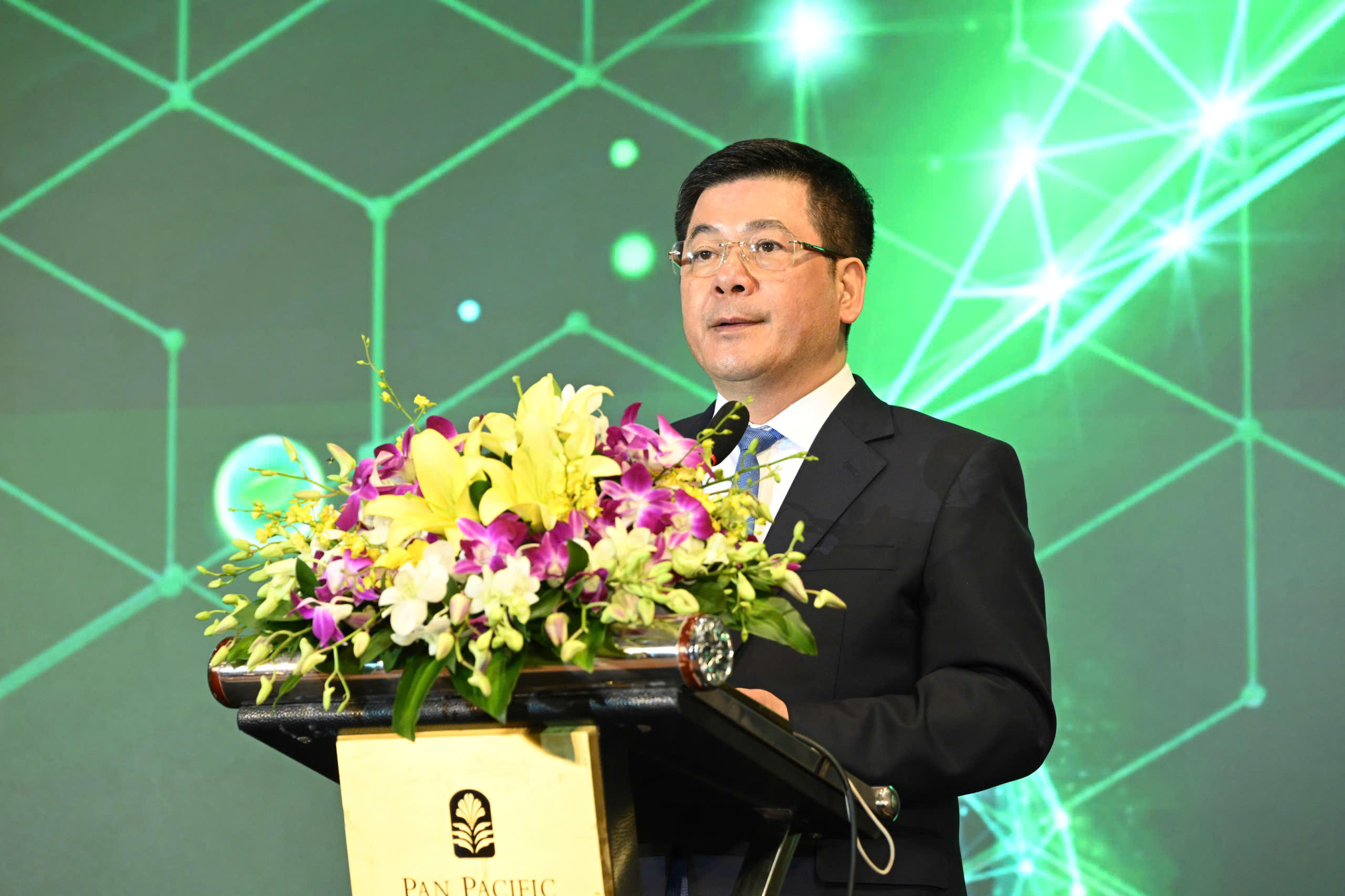
19:05 | 23/03/2025 16:12 | 28/08/2025News and Events
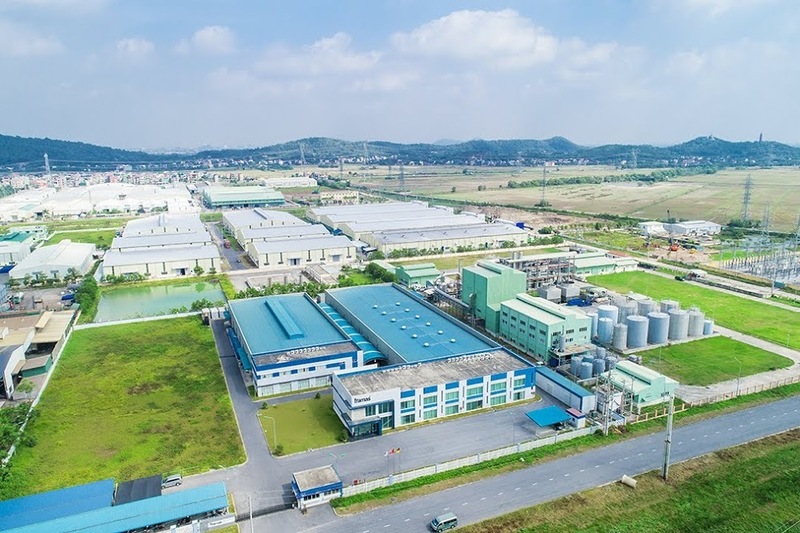
19:05 | 23/03/2025 00:05 | 18/12/2025News and Events
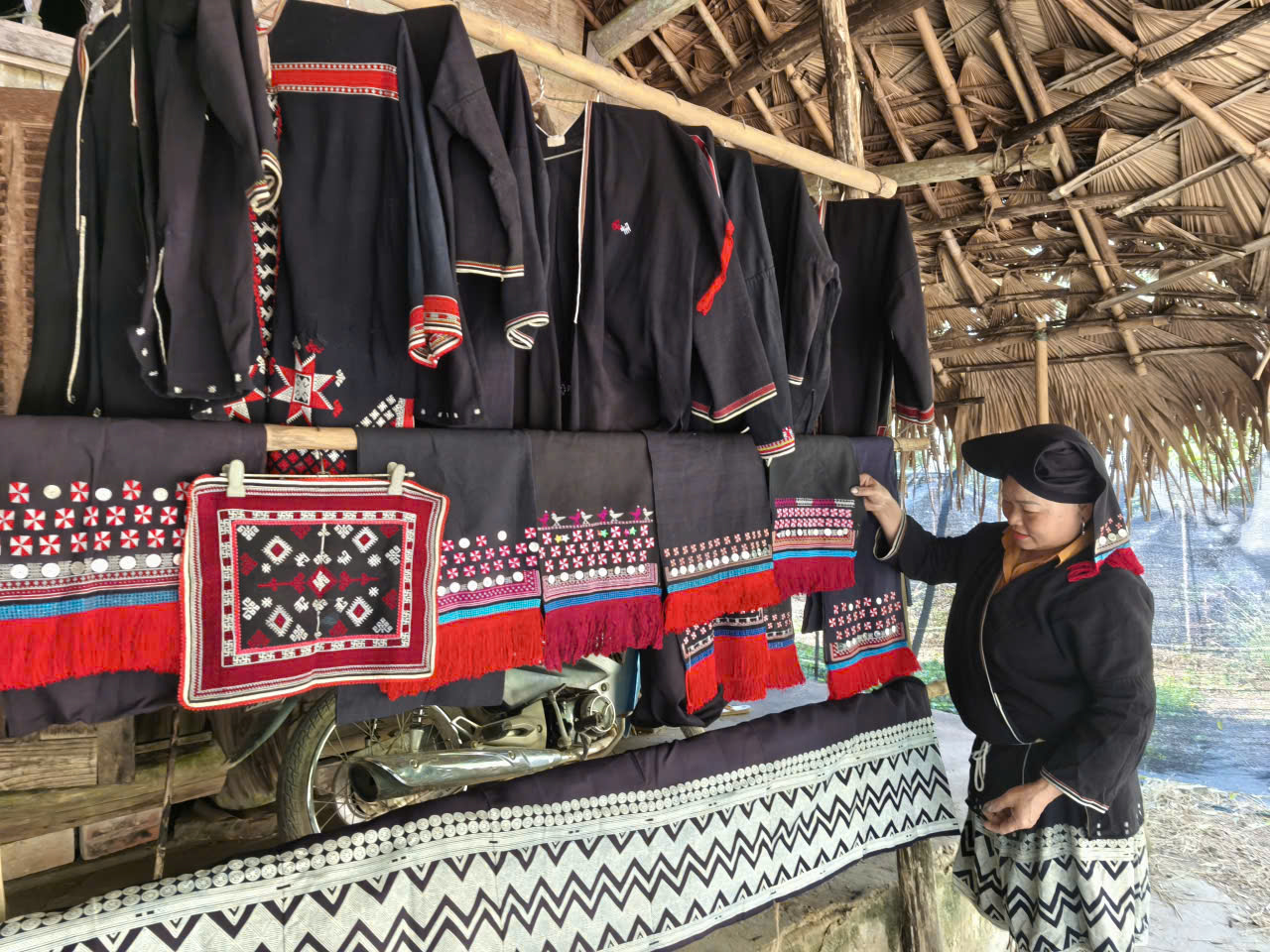
19:05 | 23/03/2025 00:03 | 18/12/2025Tourism

19:05 | 23/03/2025 21:58 | 17/12/2025Industry
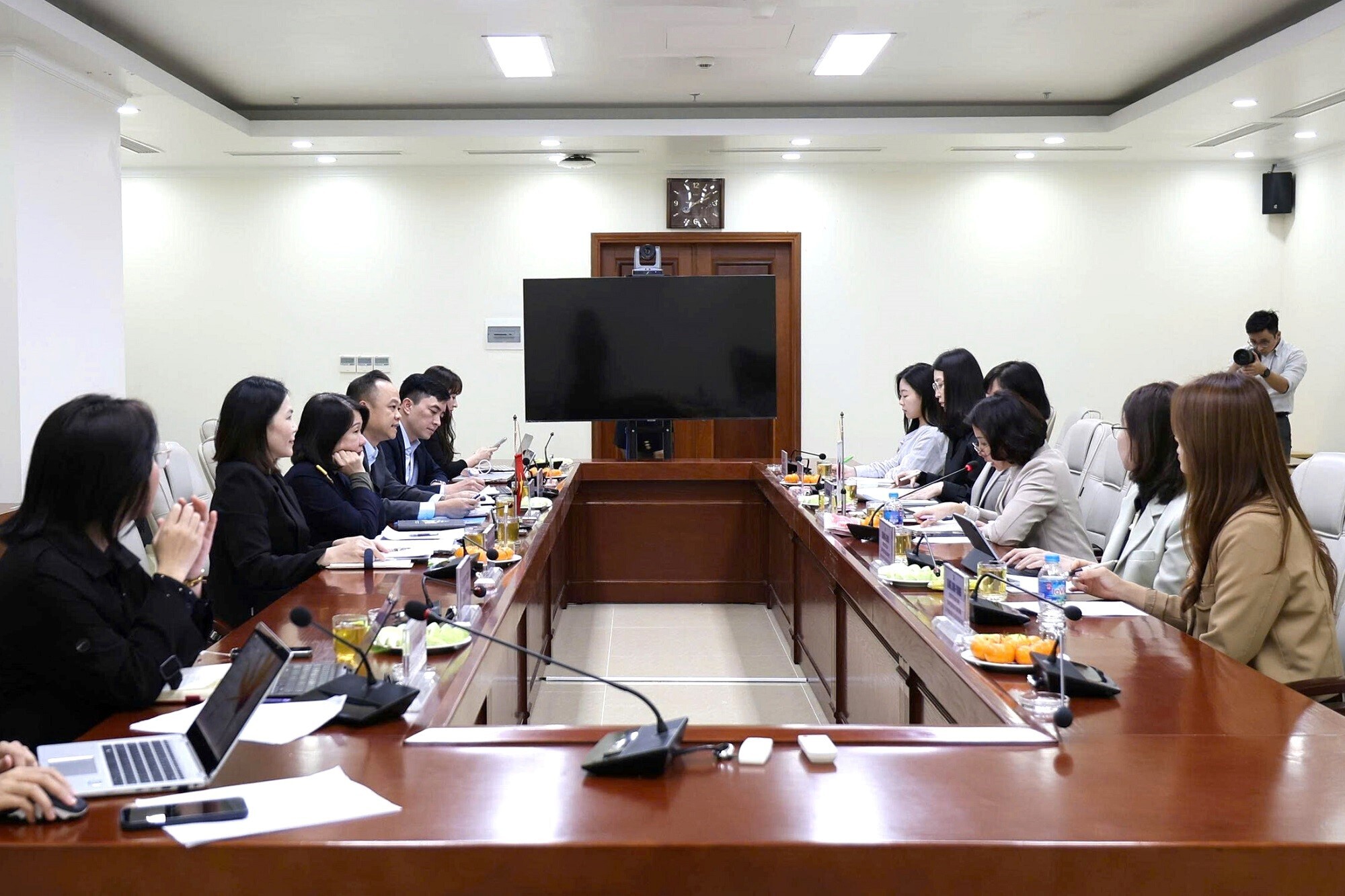
19:05 | 23/03/2025 15:28 | 17/12/2025Trade

19:05 | 23/03/2025 11:18 | 17/12/2025Trade